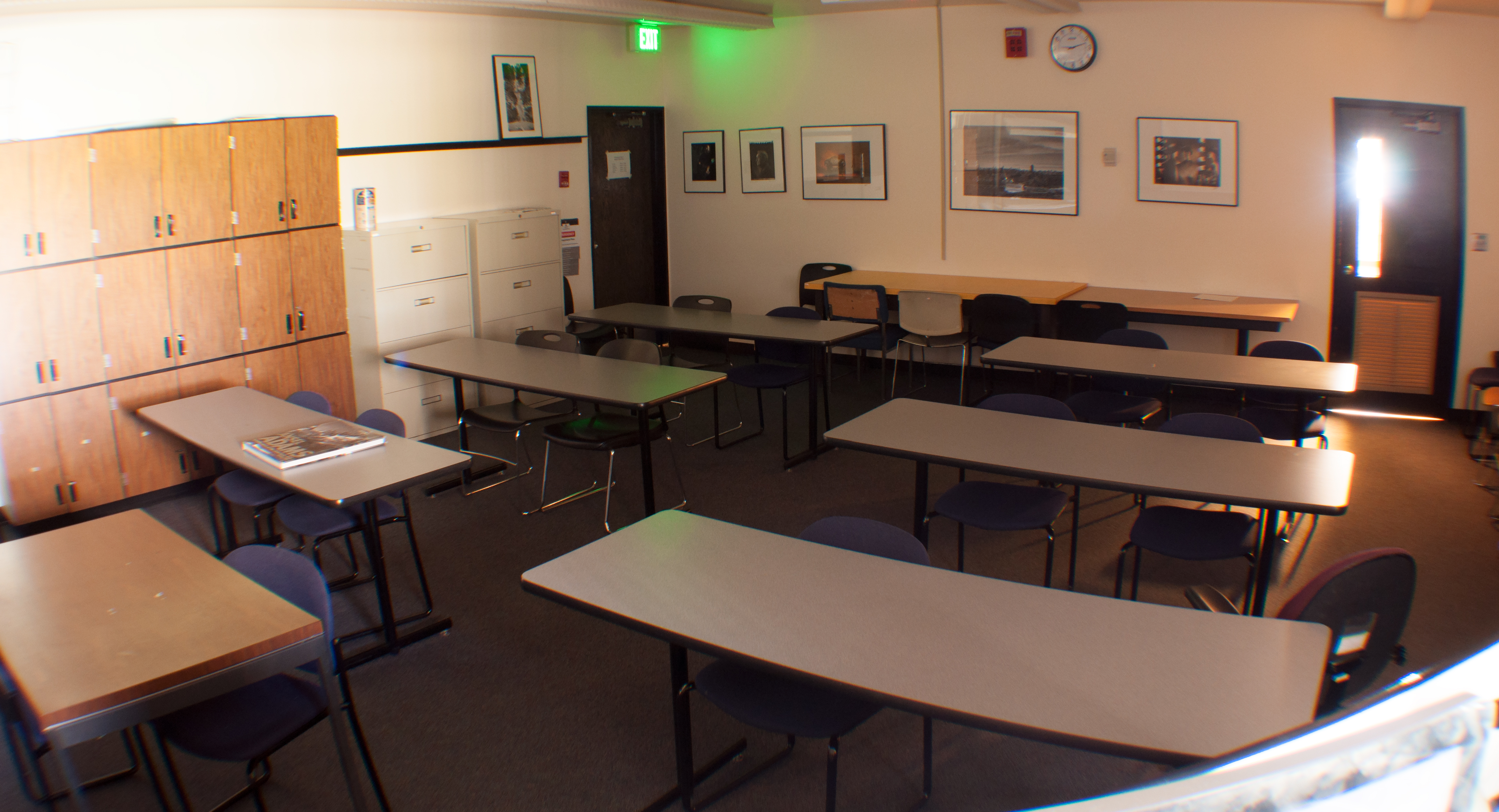[wzslider]
By Mallory Biggar
Volume Issue 8
According to administration, SFCC is currently experiencing an unusually heavy budget crisis.
Though it is typical to go through periods of financial fluctuation, it is atypical to have multiple crises at once.
Due to a new allocation model (how CCS gets their money from state legislature), a lawsuit and enrollment being down, it is likely that some classes will be cut, adjunct faculty (faculty that is hired on a quarterly basis) may not be coming back and there will be fewer seats available in existing classes.
“It’s kind of a – I wouldn’t call it a perfect storm, because perfect kind of has a good connotation. It’s a terrible storm,” said Jim Minkler, Vice President of Learning.
Enrollment and Reallocation:
Full Time Equivalency, or FTE’s, are used to determine how many students are enrolled, based on both the amount of students enrolled and how many credits they are taking.
“One of the things is that, people don’t like to admit it, but the funding allocation in the state of Washington for big districts like Spokane and Seattle has been pretty favorable for the last couple of decades,” Minkler said. “There are colleges that are year after year, they’re over enrolled, so they’re underpaid because you just pay to the FTE target, but here they’re serving at 128 percent.”
He added, “Then you have colleges that are under enrolled, but they seem like they always get the same amount of money. This is called the reallocation model. There basically were 22 colleges that won, and 12 colleges that lost. As a district, CCS, we all lost.”
With the reallocation model in place, larger schools with more students will suffer, and smaller schools with fewer students will benefit. Not only will state funds be reallocated outside of the district, but also to SCC.
“SCC’s enrollment was down a little bit last year, but they have a percentage or a higher percentage of career technical programs which are funded at a higher level, so the district is shifting from money from SFCC to help pay for those higher cost programs,” said Darren Pitcher, Vice President of Student Services. “So immediately we’re losing somewhere in the neighborhood of $700,000 to $1 million that’s going to that school.”
With enrollment being down, this directly affects how much legislative funding CCS will receive in the future.
“Our enrollments have been down for over two years. There’s two key players here: one is that the economy is back up,” Minkler said. “During the recession, we had all-time high enrollment numbers. But when the economy gets better community college enrollments go down. The other thing is that, if you look at the high school graduating classes in the Spokane region, demographically, the numbers are fewer. That doesn’t turn around until 2023.”
Lawsuit:
In June 2006, a class action lawsuit was filed against the Health Care Authority of Washington. The lawsuit states that the State did not provide healthcare to employees who were eligible. In August 2014, the court ruled that the State was at fault for wrongly labeling employees eligible for health care as part-time.
“It’s called Moore versus The Health Care Authority of Washington,” Minkler said. “It’s a lawsuit that affected the whole state, and the way that we pay employees, part time employees in particular.
But the amount that the Community and Technical Colleges system owes $26 million. Now they gave some kind of deal where they eventually – the State Board of Community and Technical Colleges was only accountable for $13 million. Guess who was number one on the list? Community Colleges of Spokane.”
Due to misinformation, this lawsuit has been a greater detriment than CCS administration initially anticipated.
“The schools interpreted the law one way, and it went to court, and we learned that we interpreted it the wrong way,” Pitcher said. “So we’re having to pay back benefit money to a number of individuals who were a part of this class-action lawsuit. The hit to the district was $2 million, so that now is also being taken away from us. I think the school could have easily overcome one or the other, but both at the same time has hurt.”
ctcLink:
Because of the issues that students have faced, including financial aid, many chose not to return to SFCC.
“Another thing we’re fighting is the number of students we may have lost due to our software conversion,” Minkler said. “It didn’t work very well. I can’t tell you how many students got fed up with waiting for their financial aid [and] went to Eastern. We’ll never know.”
“With ctcLink and the year that we’ve had, the difficulty that students have had has maybe led to a little bit of an enrollment drop, maybe 3 percent, that we are going to get back,” Pitcher said. “It’s just going to take a little while.”
